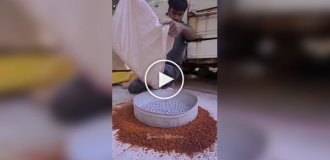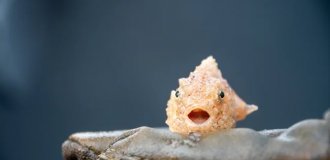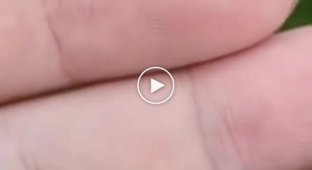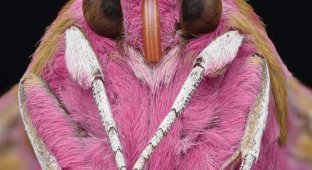Caddisfly: a real miracle of ponds and rivers (12 photos)
Caddis flies are quite a diverse "team" of insects that live in reservoirs and on the shore. These little bugs can teach a lesson to all modern developers. They create houses that last for millions of years! 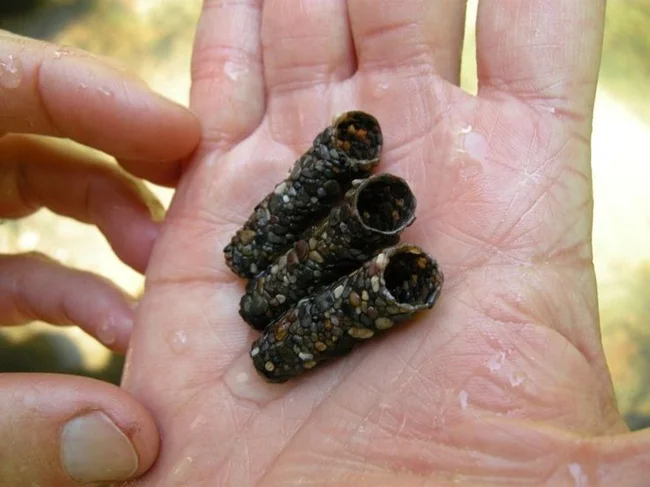
The goal of the search is these little cases.
You don't have to go far to find a miracle of engineering. Take a walk along the bank of a local river. You will most likely find a strange structure made of stones, twigs and shells, similar to a fingertip. If you find one, know that its author is a caddis fly. 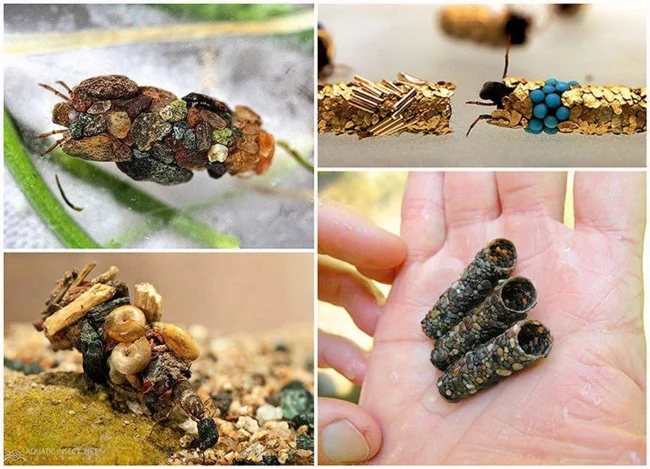
Most likely, many have seen these insects when poking around in a pond or simply observing the clear water.
This is a giant order of insects, which includes about 15 thousand species and 45 families. These are only living ones, not counting fossils. As you can easily guess from the name, caddis flies have chosen freshwater reservoirs. 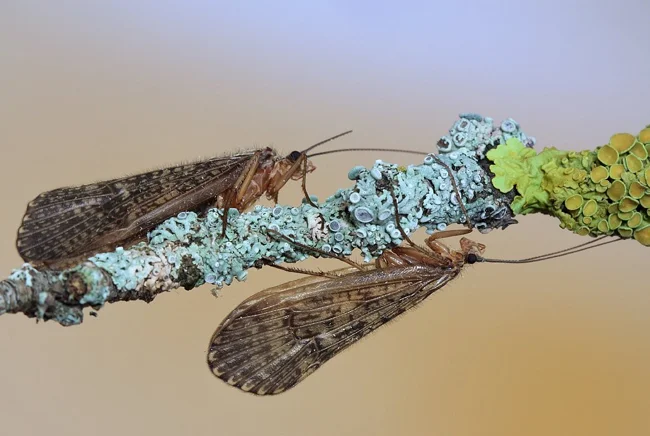
Adult insects live near the shore. They can be described briefly but clearly - an ugly friend of a butterfly. Brown, hairy, with long antennae. In general, for a very big fan. In fairness, the adult period of life accounts for only a few weeks of the one or two years allotted to caddis flies. The main task at this time is to leave offspring. 
The caddisfly larvae are called shitiki. They look no better than their parents: with long legs, powerful jaws and a thick hairy body. Like a sausage that has been in the refrigerator for too long and has begun to evolve into a new life form. But you won't see them. 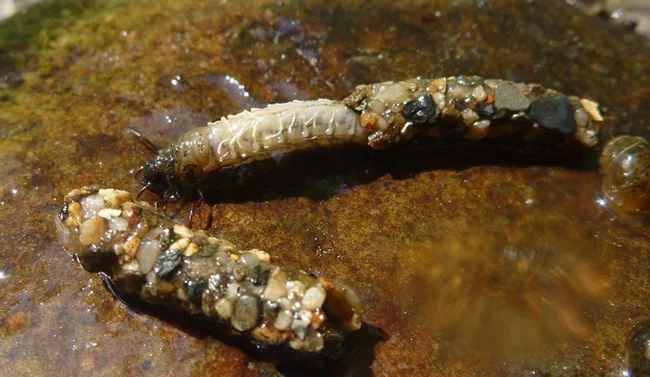
Firstly, they live underwater. And secondly, the shitiki reliably hide their ugly bodies. For many predators, the five-centimeter fat larvae are really a sausage. In order to survive and turn into a scary hairy butterfly, you have to try. Different types of caddisflies cope with the task in their own way. But each approached the problem inventively. 
Some types of caddisflies bury their bodies in the bottom, exposing only their heads to the surface. To prevent the larva from being carried away by the current, it clings to pebbles and grains of sand with silk threads. The caddisfly patiently waits for its prey. If the victim is unlucky enough to be too close, the powerful jaws will grab it in an instant and drag it into an underground lair. 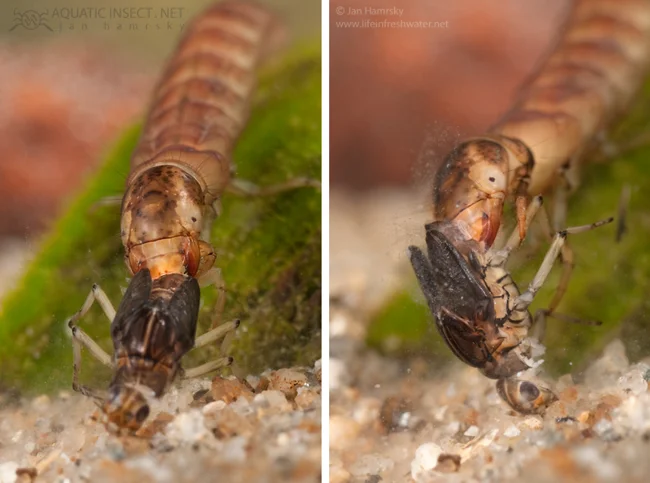
Notice the powerful jaws. Not a single bug will get unhooked from such hooks!
The second species are much more peaceful. They do not sit in ambush, but build webs like spiders. Silk threads stretched between the bottom vegetation work like adhesive tape. The caddisfly only has to get out of hiding and eat everything that the current brings. 
The funnel-shaped structures are those same nets. They look like a net, inside which the larva hides.
But most of the caddis flies, about 30 families out of 45, create real armor - cases. Insects have not yet learned to process metals, so armor is made from scrap materials. Larvae wander along the bottom of reservoirs and play with themselves in edible-inedible. For insects, children's fun takes on new dimensions - caddis flies eat almost everything! Bottom remains, mucus on pebbles, plants, decomposing fish carcasses. Scientists have even found deer meat in the larvae's diet. 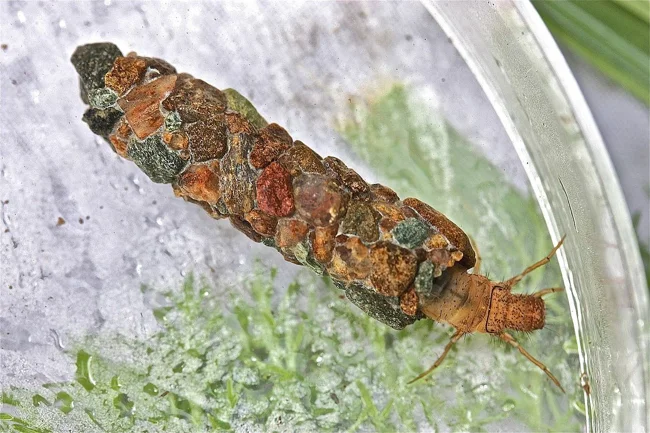
If the larva stumbles upon something that for some reason it cannot digest and chew, it uses the find differently. It clings to itself. The shield bug's mouth secretes silky sticky threads. Everything clings to them, like glue: small stones and shells, grains of sand, pieces of wood and sticks. 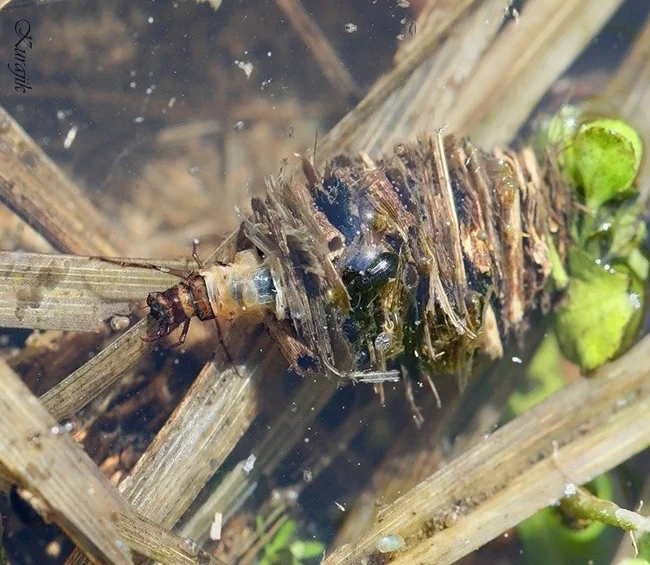
Finding a tasty larva in the creative mess of bottom garbage is quite a task. But even if the enemy does spot a shield bug in a house made of stones and sand, the larva will be too tough for river and lake predators. How strong the bunkers built without hands, without a hatchet, are can be judged by the fact that researchers have found cases 250 million years old! 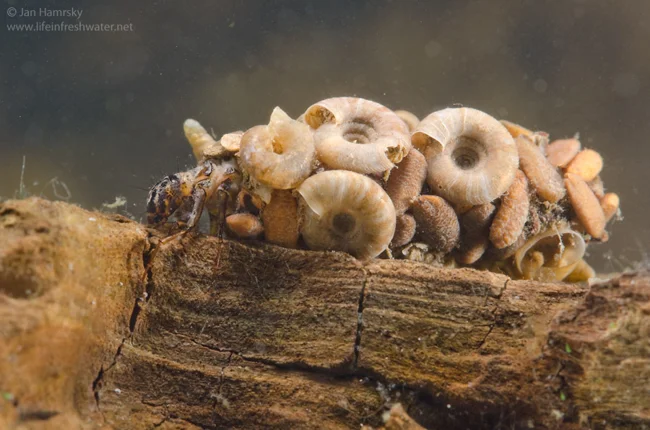
Plyushkin looks at the caddisfly and quietly envies.
But no matter how reliably such armor protected their owners from an external enemy, they did not protect the larvae from the prying eyes of biologists. On the contrary, they put them on display, so to speak. The fact is that once the researchers settled the shitiks in a jar, and did not throw any other building materials on the bottom except glass. What can you do, you don’t look a gift horse in the mouth. The larvae collected the fragments and built houses out of glass. A strong shelter, after all, although transparent. So unscrupulous biologists got the opportunity to spy on the life of their organism. 
A fashion designer from France took advantage of the talents of the caddisfly. Instead of stones and sticks, he put gold, diamonds and pearls on the bottom of the container. As a result, the larvae create unique handmade jewelry!
The caddisflies will spend most of their lives underground, in a shelter or in armor. But when the larva has eaten its fill and survived 5 to 7 molts, the thick hairy shieldfly will turn into a thin, but no less hairy "butterfly".





